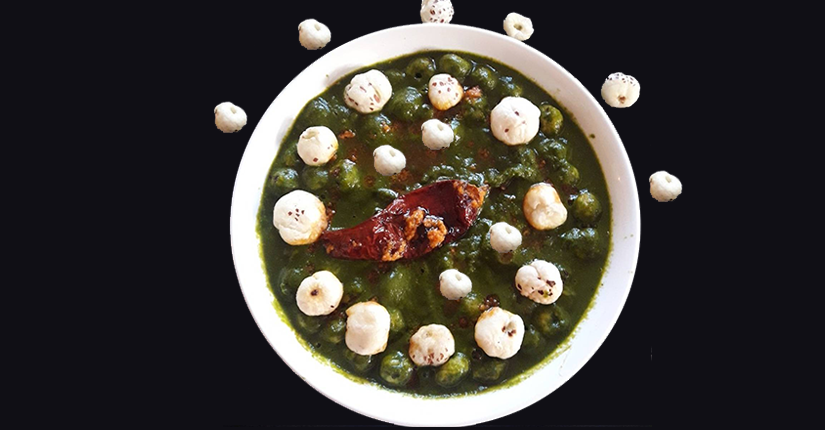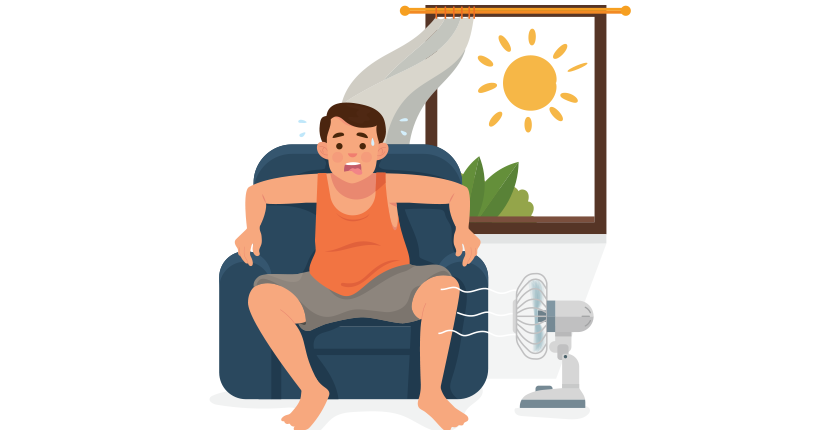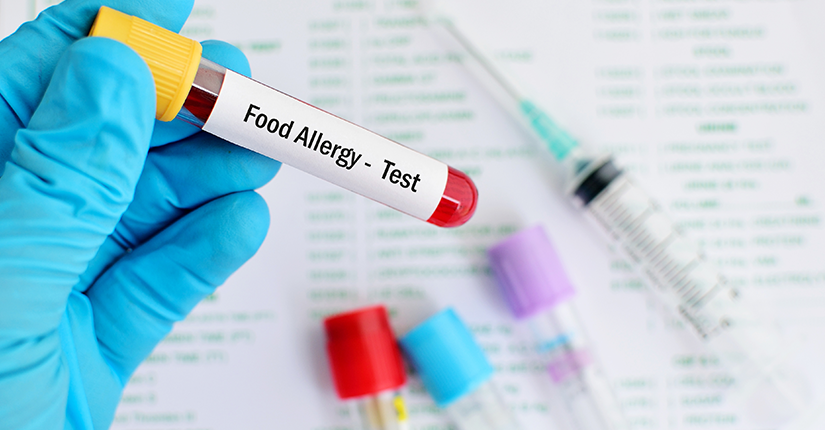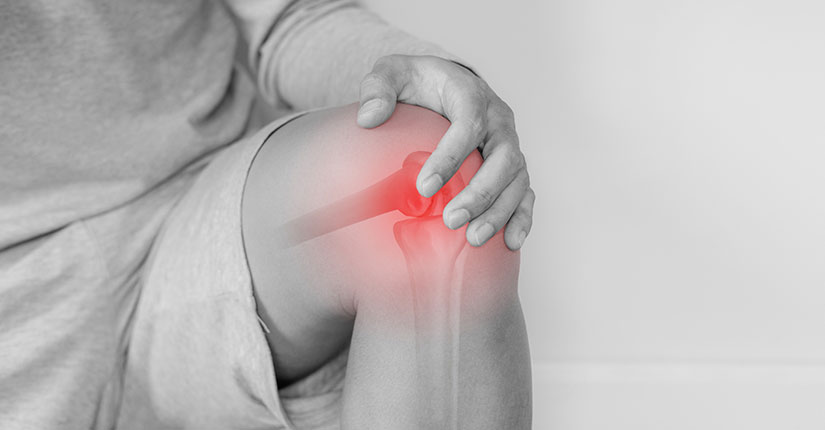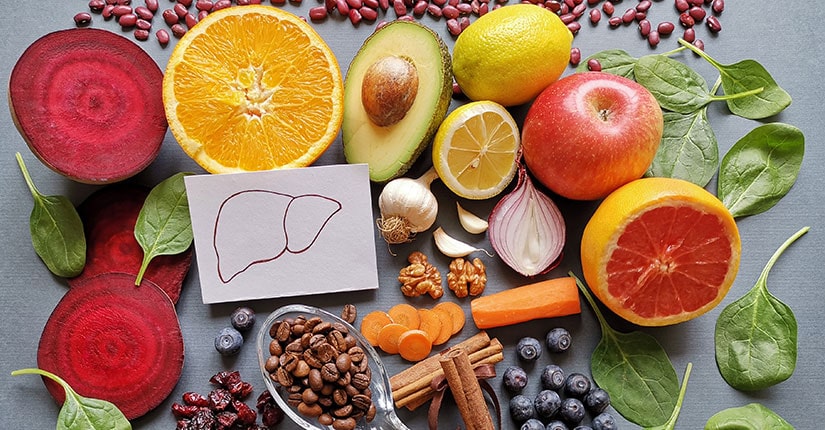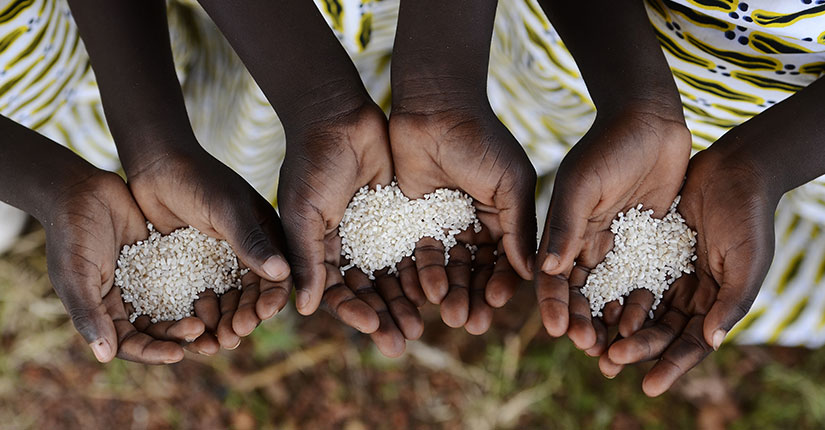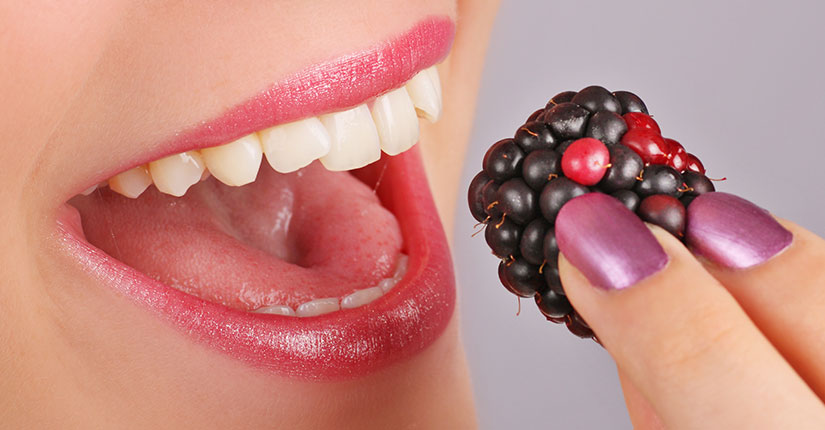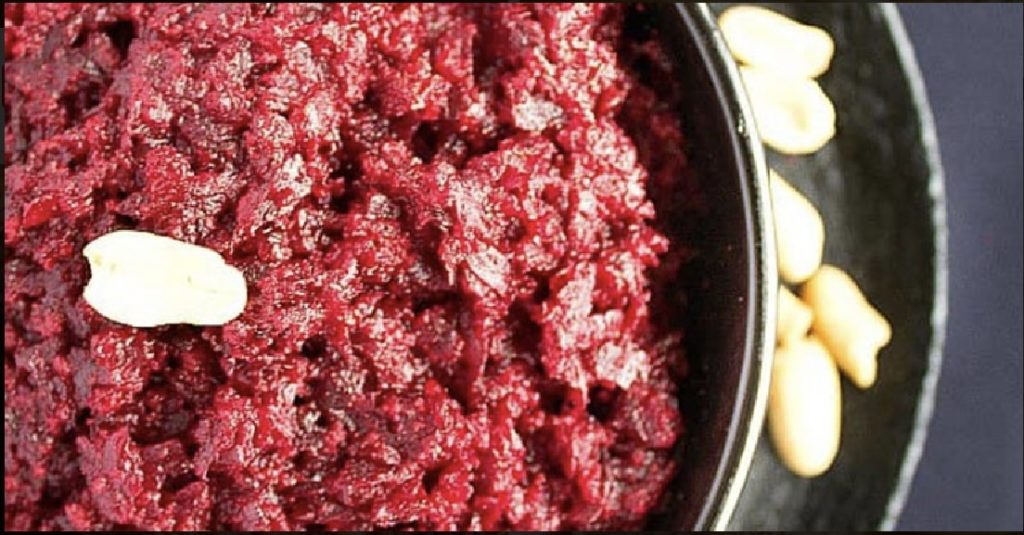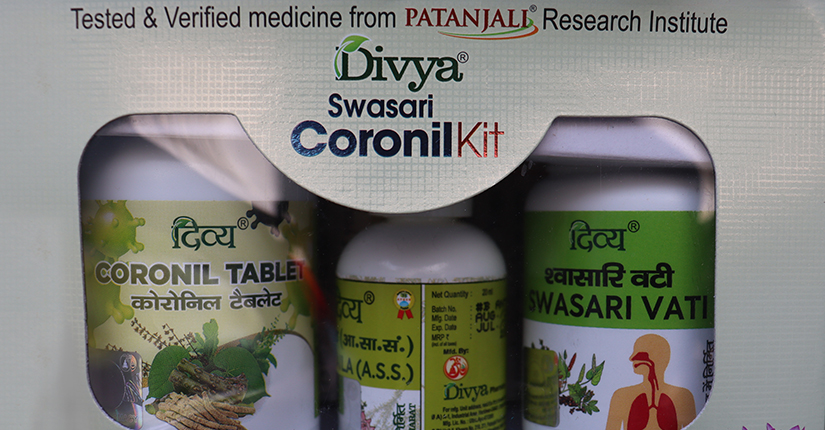Decoding Psoriasis, an inflammatory Skin disease and its Types
By Nmami Agarwal 23-Aug 2021 Reading Time: 5 Mins
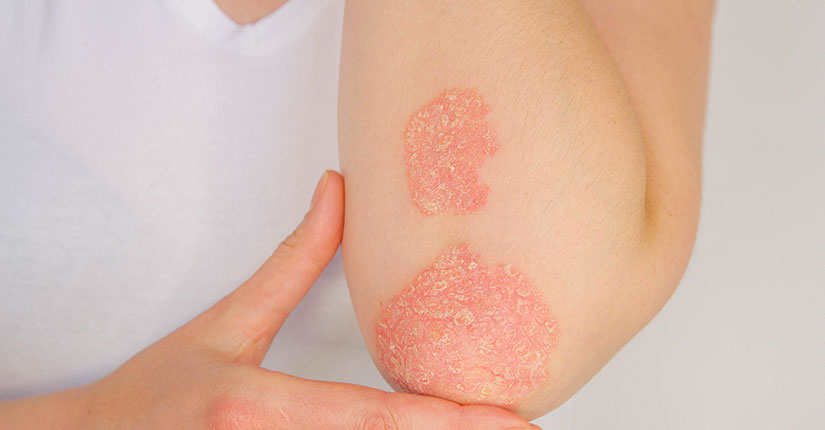
Psoriasis is a common skin inflammatory disease that causes red, itchy scaly patches, most commonly on the knees, elbows, trunk, and scalp. It is an autoimmune disease which means your immune system harms your body instead of protecting it. In this condition, skin cells grow deep in the skin and slowly rise to the surface. Eventually, they fall off. The usual life cycle of a skin cell is one month but in people with psoriasis, this production process may occur in just a few days. Because of this, skin cells don’t have time to fall off. This rapid overproduction of cells leads to the build-up of skin cells. Psoriasis can’t be passed from person to person. It can sometimes happen in the same family.
There are mainly 5 types of psoriasis:
- Plaque: Plaque Psoriasis or Psoriasis Vulgaris is the most common form of psoriasis. Symptoms are thick red patches of skin, often with a silver or white scaly layer. These patches often appear on the knees, elbows, lower back, and scalp. If you scratch at the patches, the symptoms will often get worse. Stress or lack of sleep can also trigger this type of psoriasis.
- Guttate: This type of psoriasis appears in small red spots on the skin. It is the second most common type of psoriasis, affecting 8% of people with psoriasis. Mostly it starts during childhood or young adulthood. The spots are small, separate, and drop-shaped. They mainly appear on the torso and limbs, but they can also appear on your face and scalp. Spots are usually not as thick as plaque psoriasis, but they can develop into plaque psoriasis over time, if not treated early. Stress, skin injury, strep throat, infection and medication can also trigger this type of psoriasis.
- Inverse: This type of psoriasis is usually found in skin fold areas like armpits, groin, under the breasts and skin folds around the genitals and buttocks. Symptoms include as patches of skin that are bright red, smooth, and shiny and it may get worse with sweating and rubbing. Fungal infections and sweating can trigger these symptoms.
- Pustular: Pustular psoriasis is not very common and mostly appears in adults. It causes pus-filled bumps surrounded by red skin. These may look infectious but are not. This type may appear on your body, such as the hands and feet. And sometimes it covers most of the body, which is why it is called generalized Pustular psoriasis. The Symptoms are fever, chills, fast heart rate, nausea, and muscle weakness. Getting too much ultraviolet (UV) light without using sunscreen, pregnancy, infection, and stress can trigger the symptoms.
- Erythrodermic: This type of psoriasis is least common but it is very serious when acquired. It affects most of your body and causes widespread, fiery skin which appears to be burned. Other symptoms include severe itching, burning, or peeling, faster heart rate and changes in body temperature. Such type of psoriasis can cause severe illness from protein and fluid loss. One may also get pneumonia, infection or congestive heart failure.
Footnote:
If you have any of the above-mentioned symptoms of Psoriasis, consult a doctor immediately. Early treatment can reduce the further spread of this disease.

